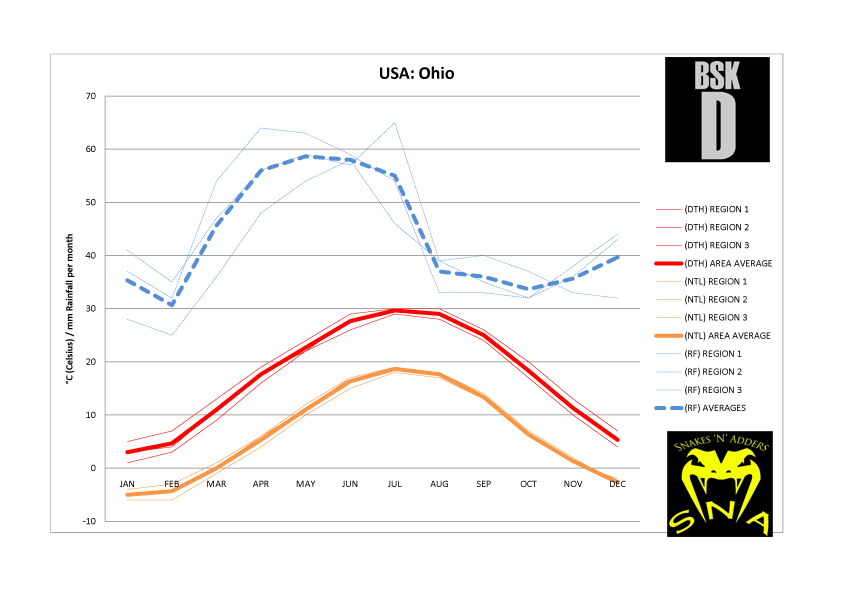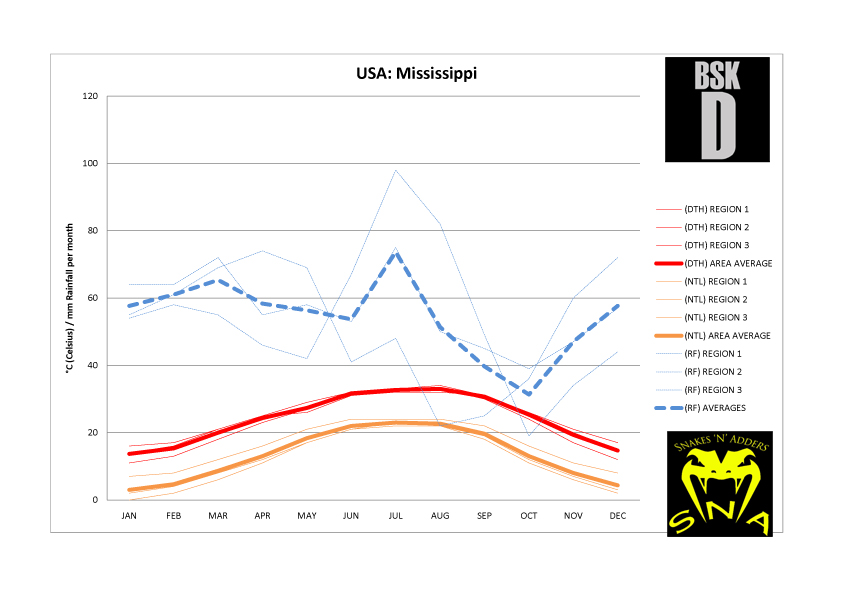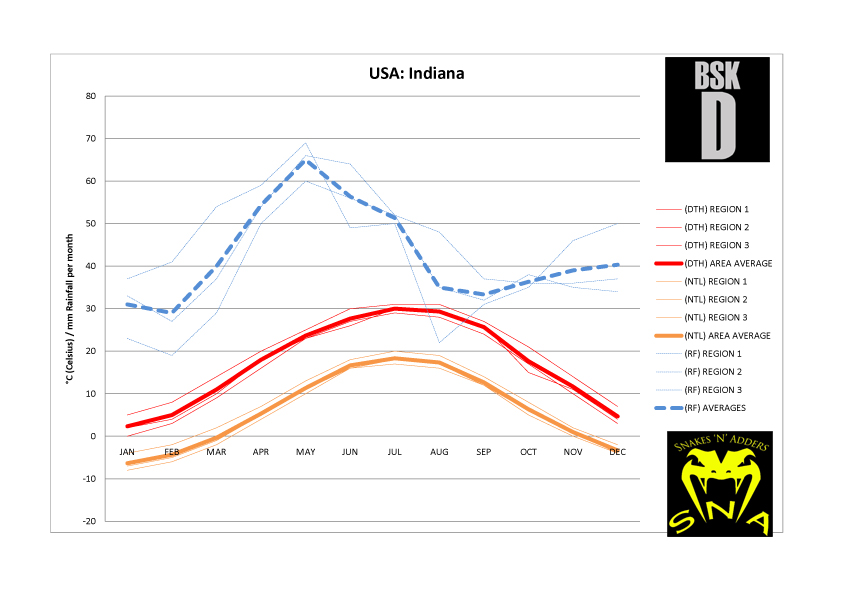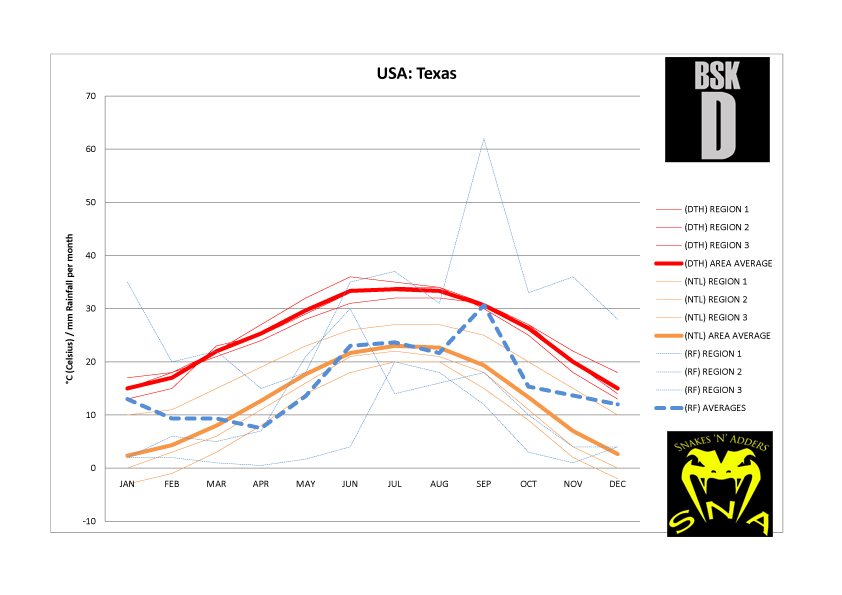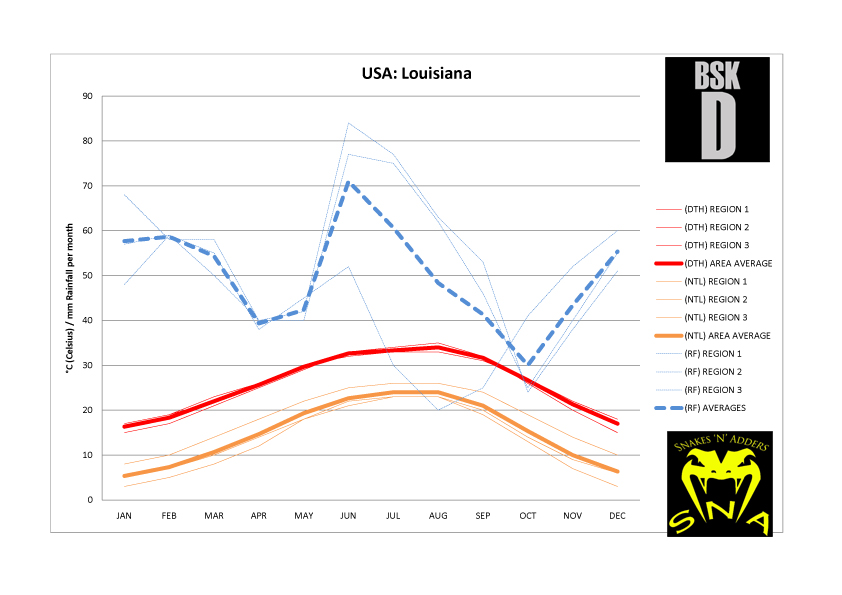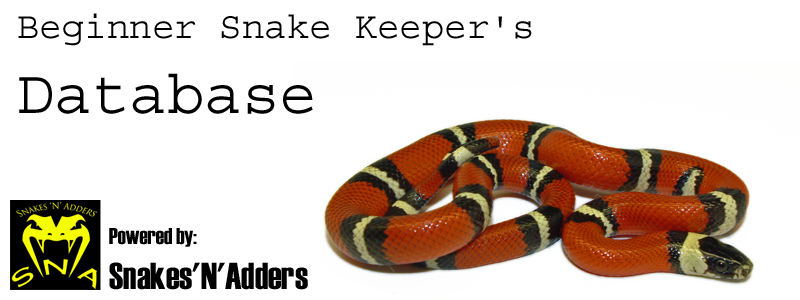.jpg)
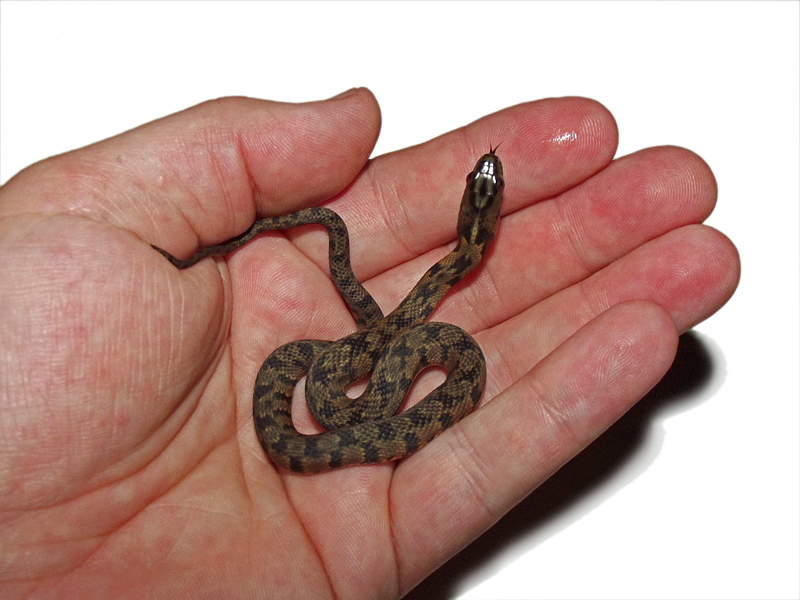
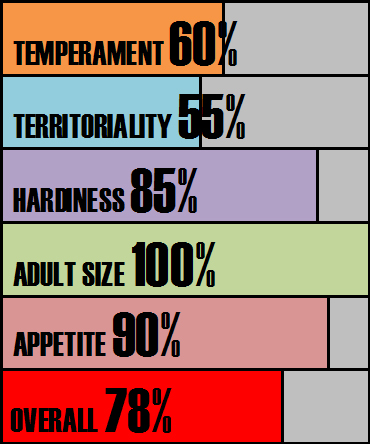

Species Notes based on experiences:
In the UK this is a hard snake to find. This is a real shame and efforts are underway by a number of breeders to help bolster their numbers. All Water snakes of genus Nerodia are moderate sized snakes that generally feed very well. For a long time the only option keepers had was to purchase wild caught examples. On occasion these could be ferocious animals but for the most part they acquitted themselves well save for occasionally urinating when held. Captive bred animals are usually a pleasure to work with. Nerodia tend to freeze when held. This is a defence mechanism and actually works to the keeper’s advantage. Diamond Back Water Snakes retain the exact same pattern from birth into adult hood which is strange compared to some of its cousins whose pattern diffuses considerably or almost disappears. Females become powerfully built in later life, males are markedly smaller. Males have a series of warty lumps on the chin scales on females and the rest of the Nerodia genus these are absent.
Score analysis:
Young animals are very very fast, this is universally true for all Nerodia. Captive bred babies are rarely if ever aggressive. Once you have managed to catch up with one and actually pick it up they regularly will freeze in your hand. The longer we can encourage this behaviour to continue the quicker the snake naturally calms down and will not take flight as easily when you enter the enclosure. Particularly nervous animals may empty the contents of the cloaca and whip their tails in it to try and dissuade you from eating them. Keep in mind just how nervous this snake is. Nerodia species have proportionally huge litters and the babies are tiny.
American Water Snakes may try to escape particularly when young but older animals tend to be pretty sedentary and flight is not common. If disturbed and unimpressed by the intrusion the snake may flatten its body spreading its ribs to appear bigger. Occasionally you may get strikes but these tend to be bluff strikes rather than aimed directly at you. Usually once a strike has taken place the head is buried under a coil of the body.
There is a juxtaposition we have to discuss here. The same is true for Garter Snakes (Thamnophis). Hardiness in the wild is unquestionable. They survive in the most unlikely of places and adapt to succeed in life. Because of their close association with water keepers will often create damp and fusty enclosures. This can cause chronic blistering to the skin of the snake and introduces a dangerously high pathogen level. It is imperative that water snakes are capable of drying off completely and being able to bask away from the water source. Excellent ventilation will be needed to ensure good air movement to reduce fungal and bacterial build up. If there is a large volume of water this would also be filtered to ensure it stays as clean as possible as it simply is not practical to do a daily water change at this point.
Nerodia fit into the perfect ‘goldilocks size’ of snake. Not large enough to be intimidating but large enough to feed themselves on prey you can source with relative ease. This is one of the reasons they make a superb choice of snake for the beginner. This is a chunky heavy set snake once adult.
American Water Snakes belong to the family Natricinae where most genera are semi-aquatic and feed on fish and amphibians. This offers a great alternative to people who maybe are allergic to or have a fear of mammals. There are considerations here though. Some fish contain an emzyme which stops the uptake of Vitamin B1 (Thiamine). This enzyme is called Thiaminase. By feeding fish that exclusively contain thiaminase this can lead to a vitamin B1 deficiency that in time can prove fatal to your pet.
Fish that do not contain Thiaminase include:
Bass, Cod, American Eel, Common Eel, Flounder, Haddock, Lance Fish, Hake, Halibut, Mackerel, Perch, Plaice, Pollock, Atlantic Salmon, Sea Bass, Sea Trout, Skate, Smelt, Sprat, Tilapia and Brown/Lake/Rainbow Trout.
Avoid goldfish and other carp varieties.
Enclosure recommendations:
Tub:
33-50ltr tub. Exceptional adults will require a vivarium. Ensure the Really Useful Box or similar is well ventilated to ensure humidity levels do not become dangerously high and lead to fungal infections and blistering to the skin.
Vivarium:
90cm x 45cm x 45cm
Budget rig: -
40cm x 30cm heat pad
On / off thermostat
Digital thermometer to monitor thermostat performance
Warm hide
Cool hide
Water bowl
substrate
Recommended rig (vivarium only): -
150w ceramic heat emitter
Ceramic lamp holder and bracket
Bulb guard
Day night thermostat
Digital thermometer to monitor thermostat performance
Various logs and caves along the thermal gradient
Damp hide (optional)
Climbing and exercise branches
Plants and foliage (live or artificial – your choice)
Water bowl
Substrate
UVB light (8w T5 shade dweller 7% kit from Arcadia or equivalent) (recommended) – American Water Snakes are diurnal animals.
Climate analysis:
Northern regions of their range in Indiana and Ohio have particularly harsh winters where brumation is a must to be able to survive. As we move south and approach the Gulf of Mexico and particularly Texas activity may slow considerably but may not be forced to stop with average day time winter highs of 14-17°c. In captivity this snake has usually been collected from Texas and as a result will feed pretty much year round. Males may begin to stutter with food intake. A short relatively gentle cool down with a shorter photo period should be enough to trigger breeding behaviours.
Conclusion:
A fabulous although rare snake to find in the UK. There are a lot of fans of this genus in the UK. In the US there is a troublesome habit of seeing them as a junk snake not to be bothered with as they are native and seen in buoyant numbers. More people are switching on to what Nerodia have to offer the hobby. It is my sincere hope that all members of the genus develop the reputation of reliability that many of us older keepers love this snake for.
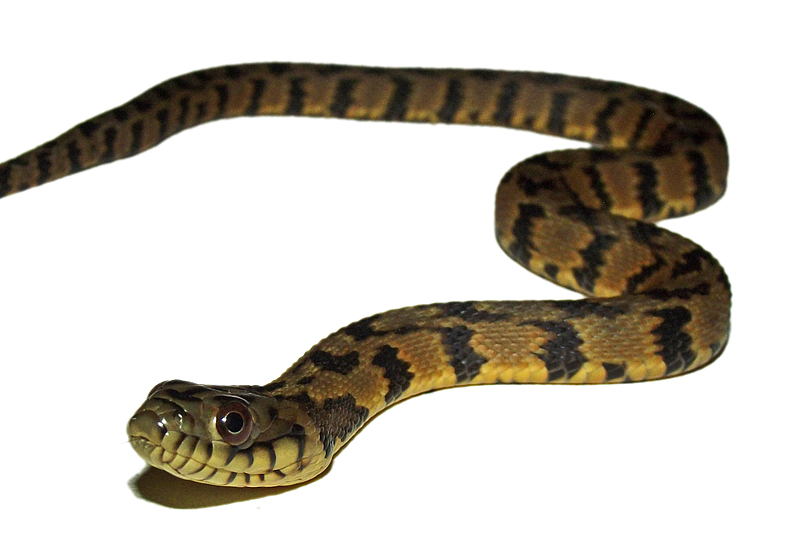
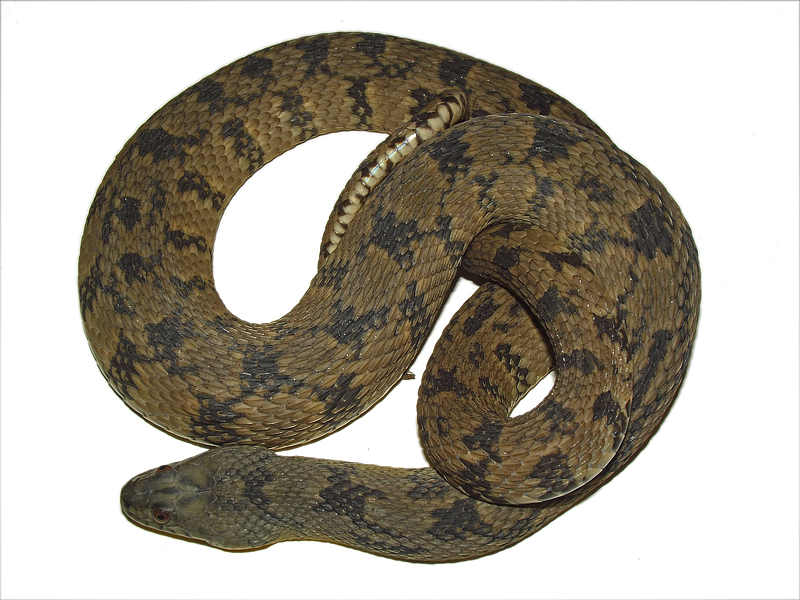
.jpg)
.jpg)
